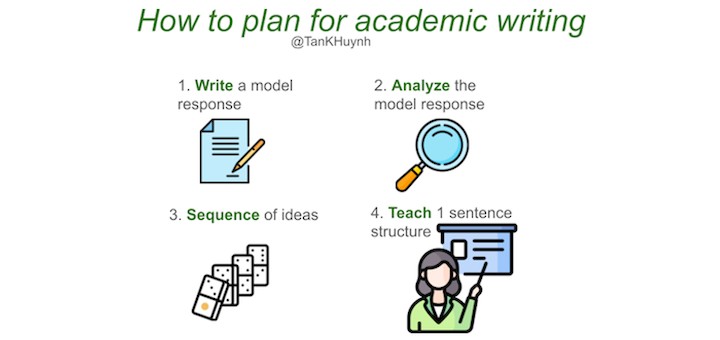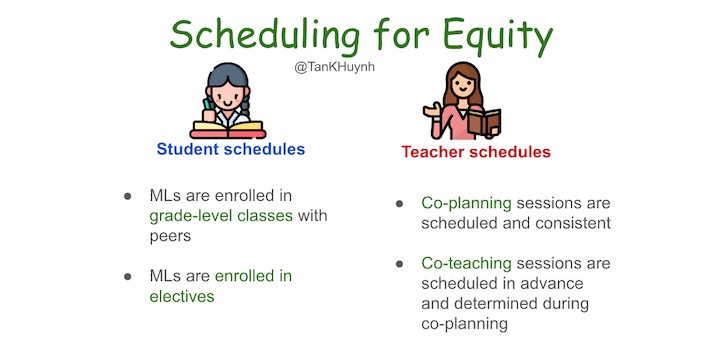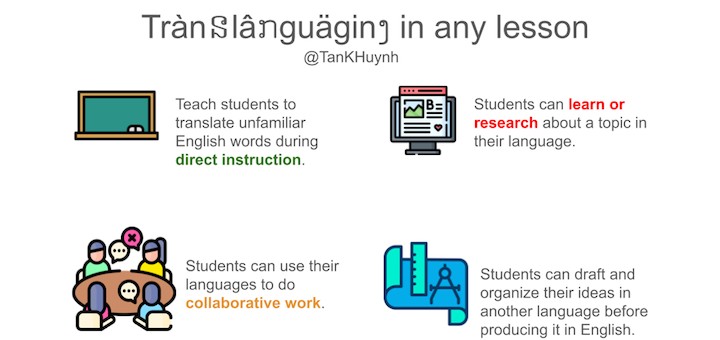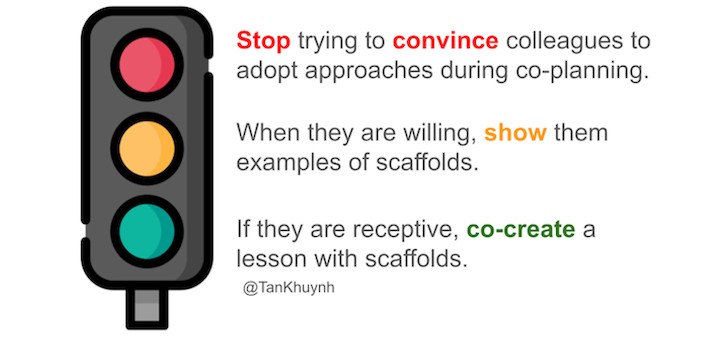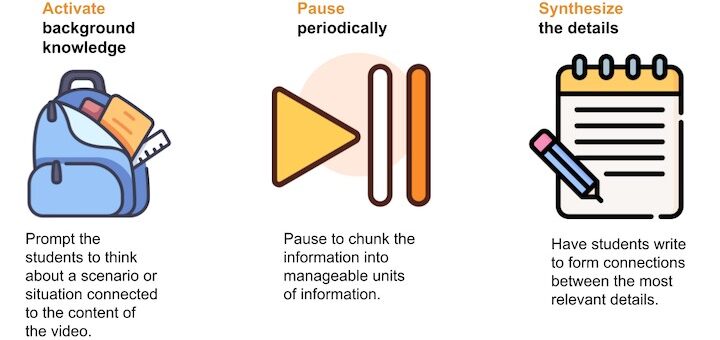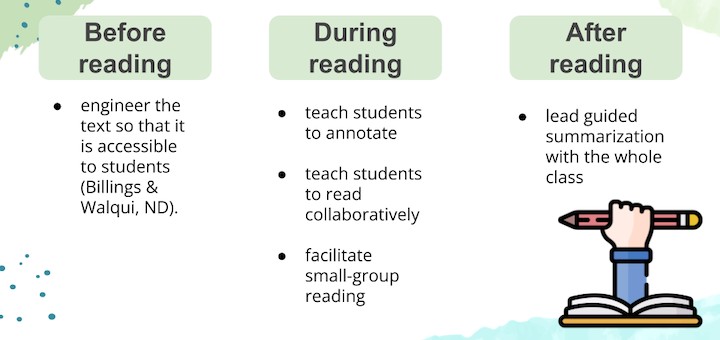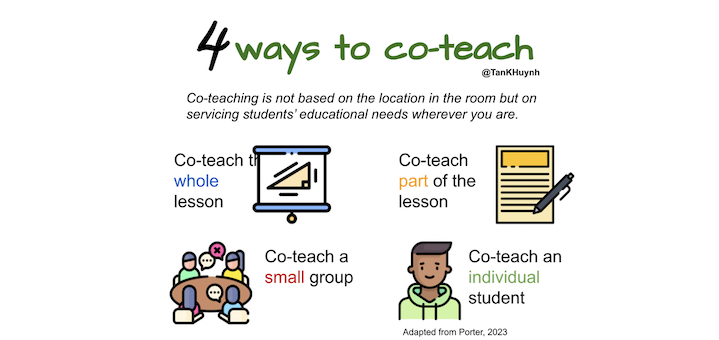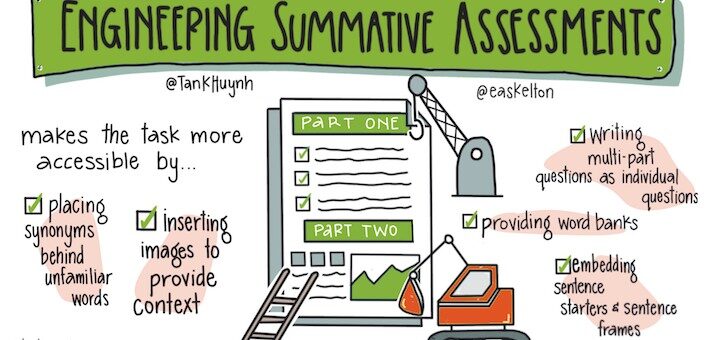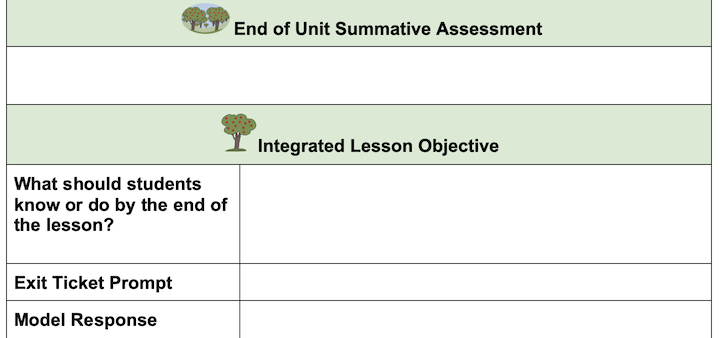Category: The Unstoppable ML Teacher
Educating English Learners with Tan Huynh & Valentina Gonzalez
Each subject has its own rules for writing. After years of figuring out how to teach writing to MLs, especially those who are no longer beginners, social studies teacher and language specialist Tan Huynh has refined his process for explicit academic writing instruction.
Equity can be found in many places in the school – on the walls, on bookshelves, and in policies. The best place to check for equity for multilingual learners is by examining teacher and student schedules. Tan Huynh describes the practices that lead to equitable scheduling.
Students’ languages are one of the most effective tools they have to achieve academically, writes language specialist Tan Huynh. When we create space for heritage languages across the learning experience, we help students understand content and more fully express themselves.
The question Tan Huynh hears most often from English language development (ELD) colleagues is “What can we do when our co-teacher is resistant to collaborating?” After many years of failing with persuasion, Tan has developed a “Traffic Light” approach that works much better.
Explainer videos are challenging for multilingual learners because of the dense academic language, the rapid speaking pace and the large amount of content covered. Language specialist Tan Huynh shares strategies he uses to help MLs maximize the ‘learning gold’ videos offer.
To help long-term English learners meet reading comprehension challenges, language specialist Tan Huynh shares strategies to use before reading, during reading, and after reading so that multilinguals have the scaffolding they need to read grade-level texts with understanding.
Collaborative instructional practice evolves when we define our value as co-teachers based on our service to students, not by our location in the room, writes language specialist Tan Huynh. How and where can each teaching partner best serve the learning needs of the moment?
Content-based exams should gauge understanding of discipline-specific skills and concepts. But for many multilingual students exams are a reading and writing test in disguise. Language specialists Tan Huynh and Beth Skelton show how we can engineer justice into the assessment of MLs.
As he develops new co-teaching relationships, language specialist Tan Huynh focuses on two essential strategies: establishing schedules and making “relationship deposits” that build the teacher to teacher connections needed to assure the classroom works for all students.
This lesson planning template created by Tan Huynh and Beth Skelton serves the learning needs of both multilinguals and non-MLs in any subject. It helps assure planning is highly structured and intentional, lessons are accessible, and success is within reach of all students.

